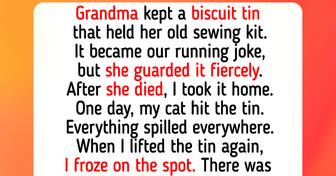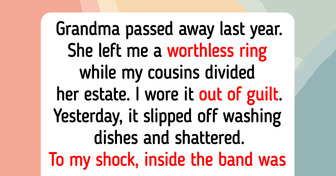I Refused to Work on My Vacation, Even Though “Millions Were at Stake”

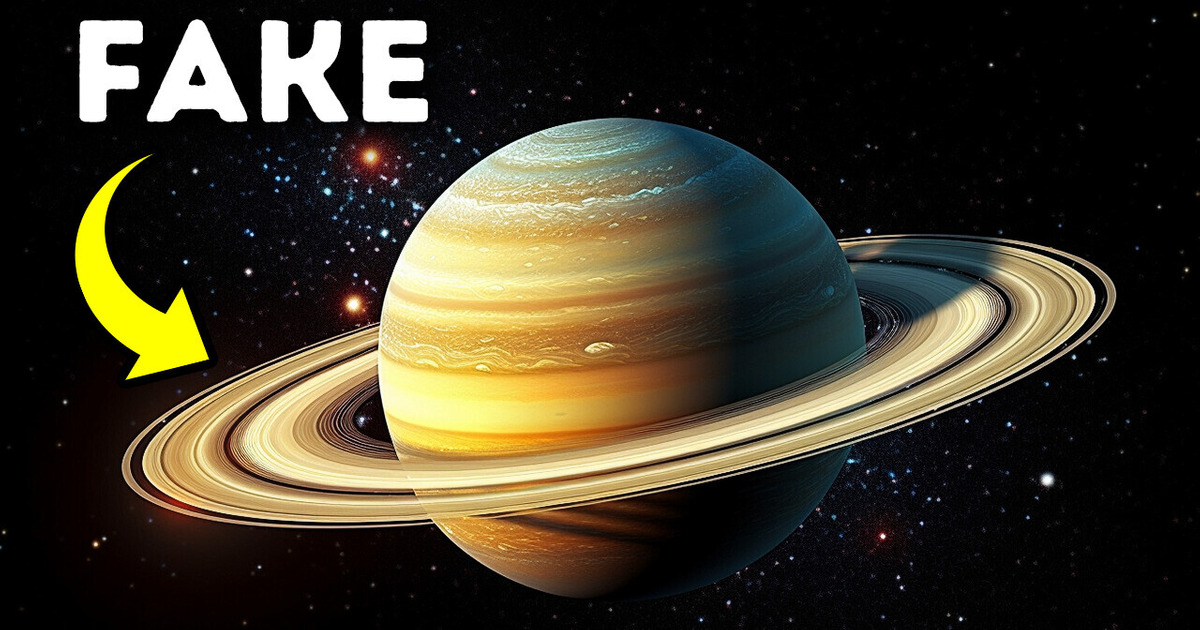
Mercury gets a bad rap for always being hot, but that’s not entirely true. The planet’s got no atmosphere, so its temperature swings are wild. When it’s facing the Sun, it can get up to a blistering 800°F, but when it’s turned away, it drops to a frigid −290°F. The reason for this is that Earth has a cozy atmosphere that keeps our temps in check.
Mercury doesn’t have that luxury, so it’s at the mercy of the Sun’s rays. But despite all that, Mercury’s still worth checking out. It’s close to the Sun, which makes it a prime spot for studying how solar radiation affects planets. And even though it’s not exactly hospitable to life, there are still plenty of mysteries to unravel.
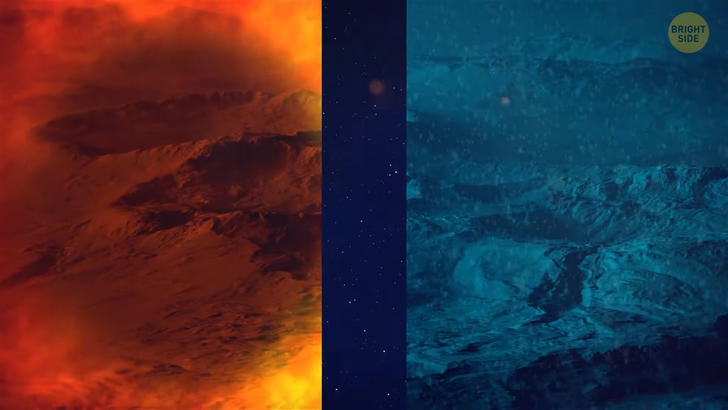
Venus is often referred to as the “sister planet” of Earth. Yeah, many people believe that it’s this beautiful and lush planet just like our home, but boy are they wrong! In reality, Venus is a total diva. She’s got this thick atmosphere that traps heat and causes surface temperatures to reach up to a scorching 864°F. I mean, I get it. Venus wants to stand out and be unique, but she’s taken it to a whole new level. She’s like that one friend who always has to one-up everyone else. “Oh, you think Earth is cool? Well, I’m the only planet that spins clockwise! Beat that!”
But let’s be real here, Venus is just trying too hard. She’s got these crazy sulfuric acid clouds that rain down on her surface and make it impossible for anything to survive. It’s like she’s trying to keep all the attention for herself by making sure no other life forms can exist. And her atmosphere... It’s so thick and heavy that it would crush us like a grape. So, yeah, Venus may look pretty from afar with her bright yellowish glow but don’t fall for that. She’s a total drama queen who just can’t handle sharing the spotlight with anyone else.
Anyway, enough about Venus. Let’s focus on the real star of the show — Earth! We may not have all the flashy features that Venus has, but at least we’re hospitable and welcoming to all forms of life. Plus, we’ve got pizza, so who needs sulfuric acid clouds anyway? You may think that since we live on this planet we know it from A to Z and there is no room for any misconception.
Alrighty, then tell me what shape is Earth? If you say it’s round, sorry, but you’re not right. So, our planet may look like a ball, but it isn’t a perfect one. You see, because of the spinning action, the North and South Poles get squished a bit, and they’re sorta flat. The Earth’s wobbling and other stuff are actually causing it to change shape over time, but it’s still round-ish.
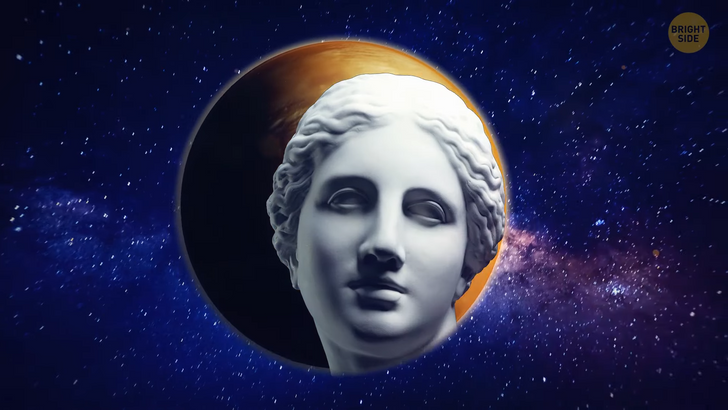
Let’s talk about Mars, the red planet that has fascinated humans for centuries. Now, I know we all have this idea that Mars is this habitable planet that we can just pack our bags and move to if Earth becomes uninhabitable. Nope, that’s not entirely true. One common misconception about Mars is that it has a breathable atmosphere.
While Mars does have an atmosphere, it is much thinner than Earth’s and consists mostly of carbon dioxide, making it unsuitable for human life without extensive life support systems. So, if you’re planning on taking a stroll on the surface of Mars, you better pack your oxygen tanks! But hey, that doesn’t mean we should give up on our dreams of colonizing Mars. Who knows, maybe in a few decades, we’ll be able to call Mars our second home.
Some people think Jupiter is a solid planet. But let me tell you, that’s just a bunch of hot air! Literally. Jupiter is actually a gas giant made up mostly of hydrogen and helium. It’s so massive that it doesn’t even have a solid surface! I mean, I thought my bed was soft, but floating on a cloud of gas sounds pretty comfy too. Jupiter’s atmosphere gradually transitions into its interior, which means it’s like a never-ending party in there!
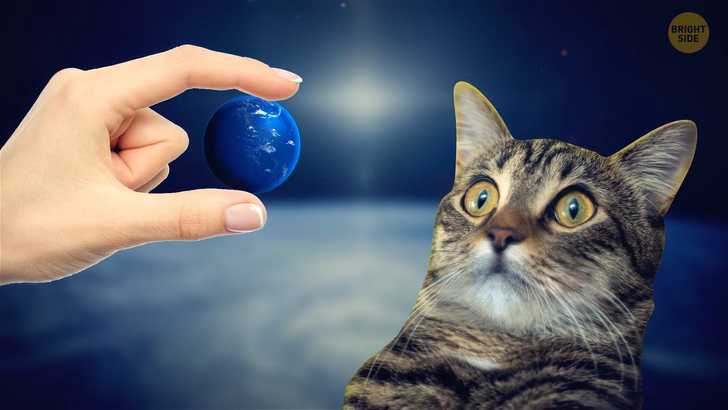
Saturn’s rings are one of the most fascinating features of the planet. So, a common misconception about Saturn is that its rings are solid. In reality, Saturn’s rings are made up of countless small particles of ice and rock that orbit the planet. They stretch out over 174,000 miles from the planet’s surface but are only about 65 feet thick. The particles that make up the rings range in size from tiny specks of dust to large boulders.
Scientists believe that the rings were formed from debris left over after the formation of Saturn and its moons. Over time, the particles were pulled in by Saturn’s gravity and formed into the beautiful rings we see today. Saturn’s rings also have some amazing features, such as gaps and divisions caused by the gravitational pull of nearby moons. There are also waves and spiral patterns that are created by the gravitational interactions between the particles in the rings.
Despite their beauty, Saturn’s rings are constantly changing. The particles collide with each other, creating new ones and breaking apart others. This means that the rings we see today may look very different in the future. So next time you look up at Saturn and its rings, remember that you’re looking at a cosmic snow globe made up of billions of tiny particles floating around the planet!
Now, one common misconception about Uranus is that it’s a lazy dude who can’t even rotate properly. People think it just rolls around on its side all day long, but let me tell you, that’s not entirely true. Sure, Uranus does have a tilted axis of rotation, but it still manages to spin in the same direction as most other planets in our Solar System. It’s like that one friend who always shows up late to the party, but still manages to have a good time and fit in with the crowd.
But let’s be real, Uranus is still a bit of an oddball. It’s the only planet in our Solar System that rotates on its side to such a degree. But after all, variety is the spice of life, right? So cheers to Uranus, the planet that refuses to conform to anyone’s expectations! Ugh, I wish I had the guts to be like this.
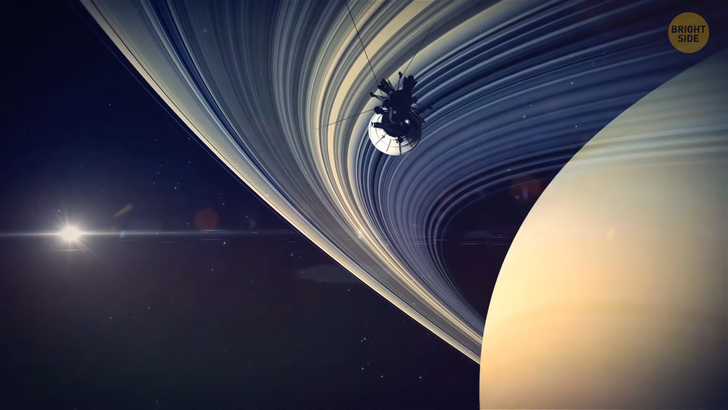
Have you ever heard someone say that Neptune is just a blue version of Jupiter or Saturn? Well, let me tell you, that’s like saying a banana is just a yellow version of a cucumber. It’s not even close! Sure, Neptune and its gas giant buddies share some similarities, but Neptune stands out in the crowd with its beautiful blue hue.
It’s all thanks to the methane chilling in its atmosphere. By the way, did you know that it’s the farthest planet from the sun? It’s so far out there that it takes almost 165 Earth years for it to complete one orbit around the sun. Talk about taking your sweet time! And let’s not forget about its 14 moons.
That’s right, Neptune has a whole entourage of moons following it around like groupies at a concert. Maybe they’re hoping to catch a glimpse of Neptune’s famous blue glow. So, next time someone tries to tell you that Neptune is just a knockoff version of Jupiter or Saturn, you can confidently correct them and say, “Excuse me, but Neptune is its own unique gas giant with a fancy blue vibe.”
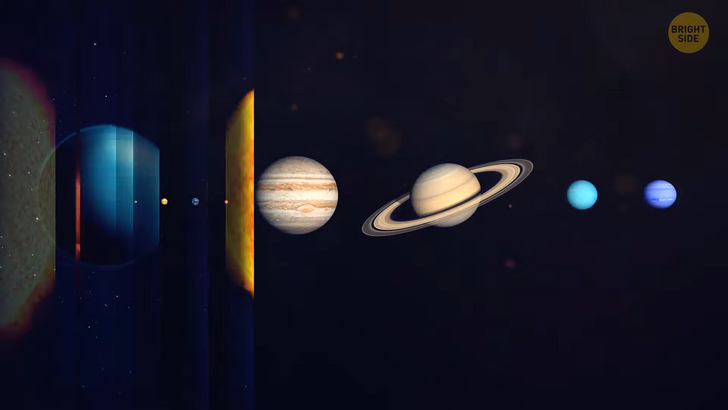
Did you know that Pluto isn’t actually considered a planet anymore? That’s right, in 2006, the International Astronomical Union decided to reclassify Pluto as a “dwarf planet.” So what exactly does that mean?
Well, a dwarf planet is a celestial body that orbits the Sun and is big enough to be rounded by its own gravity, but it hasn’t cleared its orbit of other debris. It’s a common misconception that Pluto is still considered a planet, but the truth is that it’s just not big enough to make the cut. Sorry, Pluto!
Don’t worry though, you may be small, but you’re still loved by many. Plus, being a dwarf planet is pretty cool too — you get to hang out with other celestial misfits like Ceres and Haumea. So keep on orbiting, Pluto, we still think you’re out of this world!



